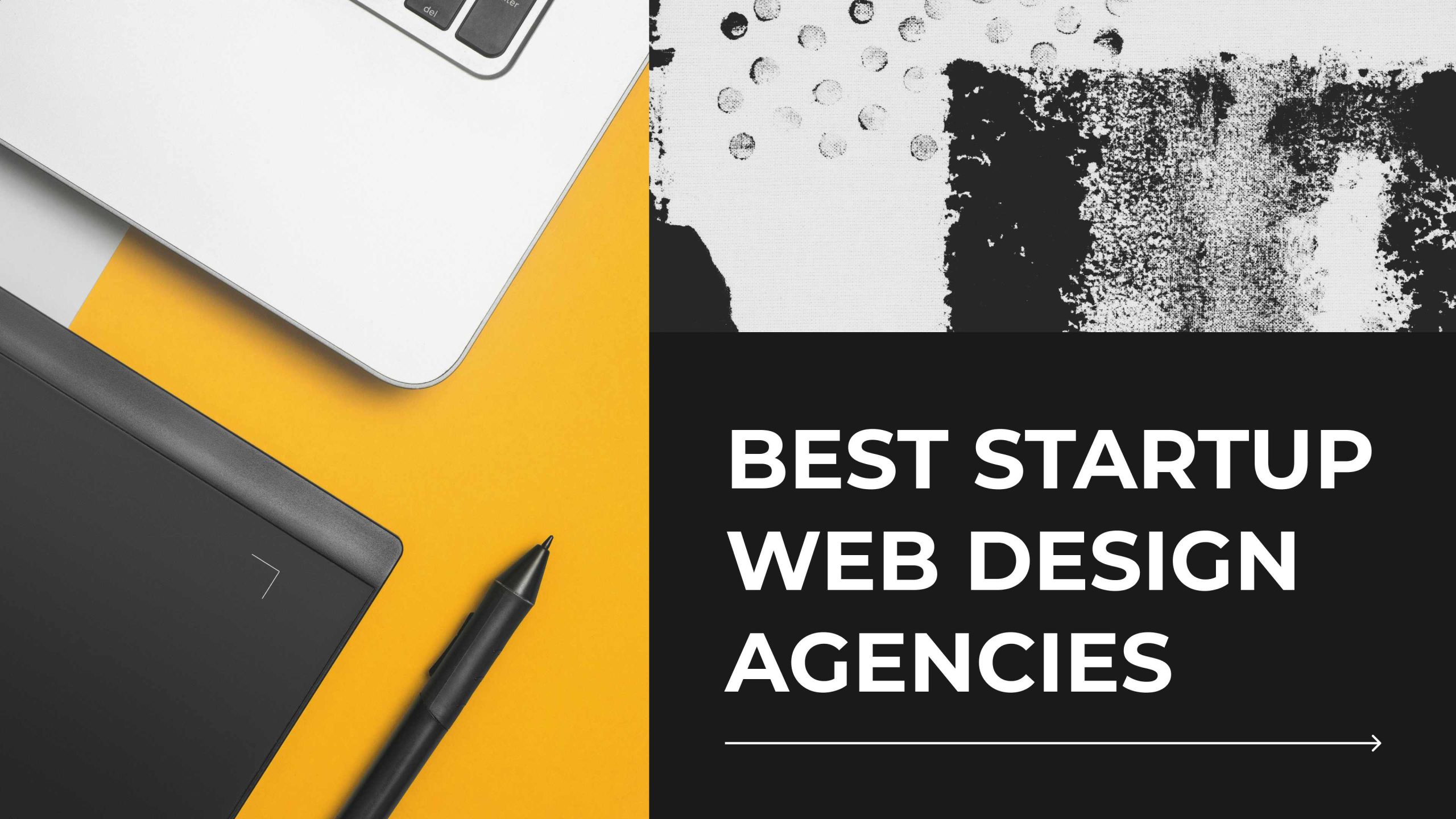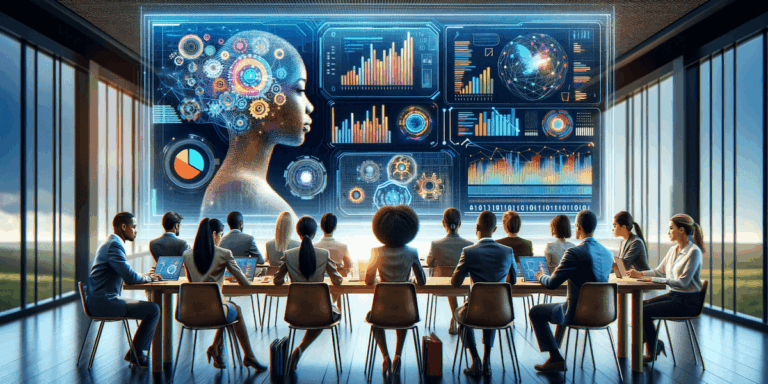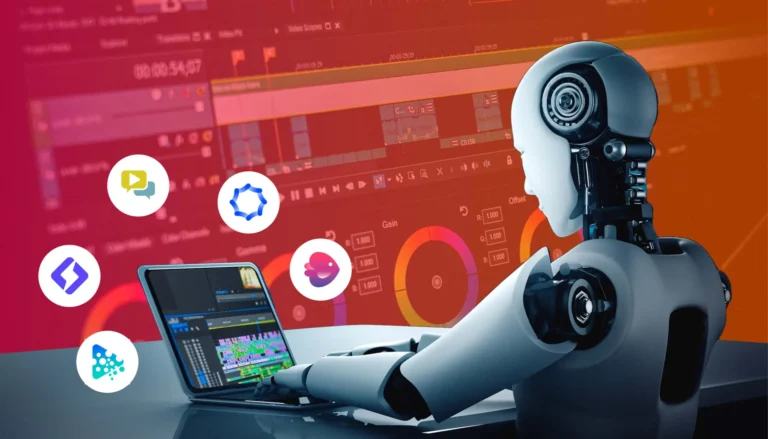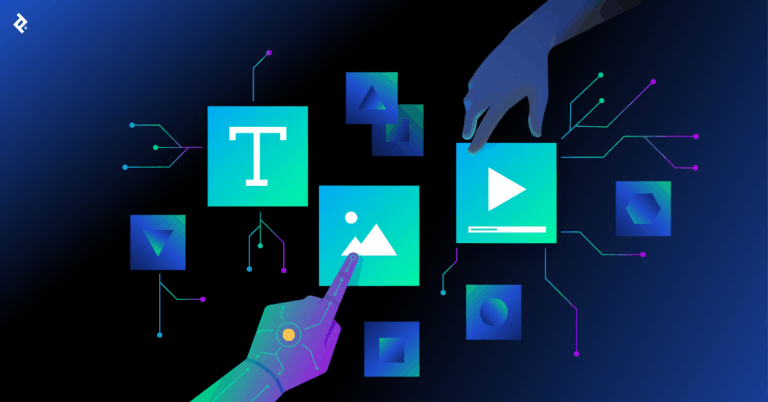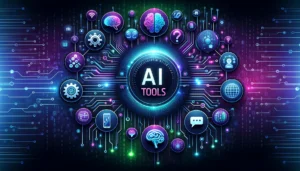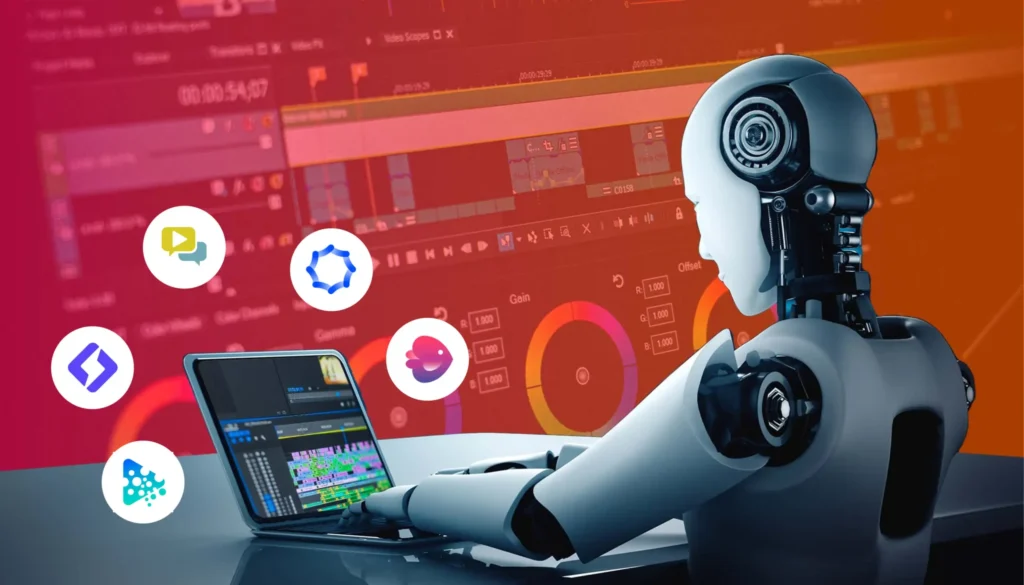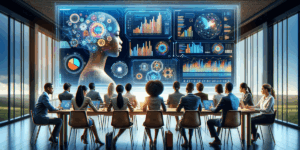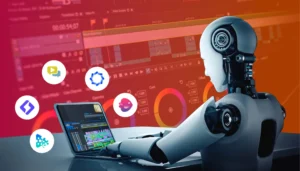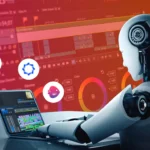Trends in web design and development have an impact on how businesses interact with their users, establish an online profile, and provide digital experiences. In 2024 they are likely to expand the boundaries even further by providing more personalized interactive, immersive, and interactive experiences that can capture the ever-shrinking attention durations of their users. No matter if you’re an experienced programmer or a business owner seeking to improve your digital strategy These seven trends are vital to your success over the next year.
AI-Powered Design and Development
Artificial Intelligence (AI) is changing the way industries are conducted all over the world including designing and developing websites is not an exception. By 2024, AI instruments will make it easier to build websites, starting from the generation of code snippets, to designing complete design layouts as well as user interfaces.
AI for Web Design: AI can examine user preferences and behavior patterns to suggest design elements such as colors as well as layouts, fonts and colors that are most likely to attract users. Tools such as Adobe Sensei or The Grid make use of AI algorithms to generate automatically dynamic web design, which makes the process more efficient and efficient.
AI in web Development: AI can also write code, perform automated testing, and find bugs, allowing developers to be able to focus on more strategic and creative tasks. GPT model and AI-based programming assistants such as GitHub Copilot help make development easier and less error-prone and lowering the barrier to entry for new developers.
Voice User Interface (VUI) and Voice Search Optimization
With the rise of virtual assistants such as Alexa, Siri, and Google Assistant, voice search is now a common method to get information. Optimizing websites for voice search as well as VUI is a game changer by 2025.
Optimizing Voice Search: Users using voice search typically form their queries differently than those who use text-based search results. Therefore, websites have be designed to cater for the long-tail keyword phrases and offer structured data to search engines to understand the content.
Vocal User Interfaces (VUIs): More sites integrate VUIs that allow users to navigate the site using voice commands. This is particularly important in terms of accessibility as it makes it easier for people with disabilities to use websites.
Neumorphism and Glassmorphism Design Trends
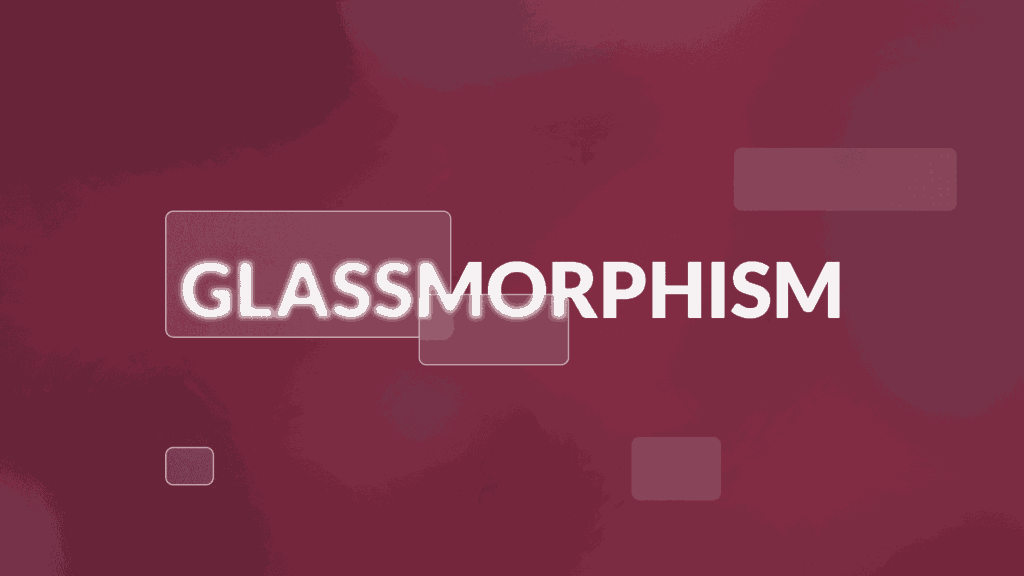
2025 will see changes in aesthetic trends with glassmorphism and neumorphism emerging as the main contenders for web design.
Neumorphism: A combination of the concept of skeuomorphism (design that resembles the real world things) as well as flat designs, Neumorphism makes interfaces that look soft, subtle and tactile, bringing an illusion of depth and luminosity through shadowing and highlights. This design style improves the UX by providing easy-to-use interfaces and fields for input that provide users a more immersive experience.
Glassmorphism: characterized by frosted-glass elements and transparent glassmorphism offers a fresh contemporary look to websites. In combination with vivid hues as well as gradients, the style gives a minimalist, modern style that many companies will take up in 2024. The design choices created by these trends give the illusion of depth, which makes pages appear lively and not overly cluttered.
Neumorphism and Glassmorphism Design Trends
2025 is expected to continue to witness changes in the aesthetics of 2025 as glassmorphism and neumorphism continue becoming the leading trendsetters on the web.
Neumorphism: A mix of the concept of skeuomorphism (design that resembles actual things) as well as flat designs, Neumorphism produces interfaces that look soft, subtle and tactile, offering the illusion of depth by highlighting and shadowing. This design style improves your UX by creating user-friendly buttons, which are familiar to users and input fields that provide users with an enjoyable experience.
Glassmorphism is characterized by frosted glass elements and transparent glassmorphism provides a sleek contemporary look to websites. In combination with vivid hues as well as gradients. This design style gives a minimalist, modern style that a lot of brands will choose to adopt in 2024. The designs give the illusion of depth. Pages seem lively without becoming too overwhelming.
5G and Progressive Web Apps
As 5G technology becomes more widely available across the globe, it’s expanding the limits of possibilities with regard to speed, responsiveness and performance. This speedy internet connectivity coupled with Progressive Web Apps (PWAs) will alter expectations of users for experiences online in 2025.
5G and Web development With 5G, data-intensive applications including videos streaming, VR/AR components as well as interactive animated content will be loaded more quickly than ever before, ensuring seamless, fast and smooth experiences for users. Web developers will have to improve their websites to take advantage of these new capabilities, making sure that their sites aren’t just faster, but also provide quality, high-quality content.
Progressive Web Apps (PWAs): PWAs bring together the best features from websites along with mobile-friendly apps including offline capabilities such as push notifications, offline functionality, and shortcuts to the home screen, without the requirement of the app stores. With 5G speeds PWAs will have the ability to provide more advanced functions and more fluid performance, which will encourage more companies to embrace their mobile-friendly features.
Augmented Reality (AR) and Virtual Reality (VR) Integration
VR and AR are no longer exclusive to those working in the game industry. In 2025, expect discover more websites that incorporate these technologies to provide immersive interactive experiences that will entice the users.
AR within Web Design: With AR users, they can interact with digital components overlayed over the actual world. Websites for retail, as an instance allows customers to “try on” clothes or see furniture in their homes prior to purchasing. This can create a highly engaging and highly customized user experience which can increase the conversion rate.
VR for immersive experiences VR can take users to completely new worlds that can be beneficial in real estate, travel and educational websites. The incorporation of VR into the design of websites can distinguish a brand by offering a unique experience that goes beyond the traditional 2-dimensional interfaces.
Sustainability in Web Development

The impact of digital technology is being scrutinized and websites play an important role in consuming energy because of servers, data centers, along with continuous streams. In 2025, an increasing number of developers will be adopting sustainable practices for web development.
Eco-friendly Websites: Minimizing loading times for pages as well as optimizing media and streamlining codes are just a few ways to cut down on a website’s power consumption. Tools such as the Web Carbon Calculator help developers measure and reduce the carbon footprint. Many companies are also utilizing green hosting options that depend on renewable energy sources.
Sustainable UX/UI Design Sustainability extends to design, too. Simple design not only decreases loading times, but also cuts the energy consumption. By focusing on simplicity in the design and interaction, developers can improve the environment and the user experience.
Low-Code and No-Code Development
The growth of no-code and low-code technology will open up web development through 2025, which will allow non-developers to design apps and websites with little technical skills.
Low-Code Platforms: They enable developers to make use of visually-friendly interfaces as well as prebuilt modules to speed up your development processes. Low-code solutions are especially useful to rapidly prototype applications, creating internal tools, as well as automating workflows.
No-Code Platforms: Tools such as Webflow, Wix, and WordPress let people with no coding abilities to create and maintain websites quickly. By 2024, many companies will use these platforms to lower the cost of development as well as empower teams to manage updates, content and modifications without the need for a developer.
Conclusion
To stay ahead of the trend in web development and design requires taking on new ideas while making sure that user experience is top of the line. Voice interfaces powered by AI immersive VR/AR experiences and sustainable practices will be the norm in 2024 and shape the way companies interact with their customers online. As these changes continue to develop the ones who are able to change and adapt will create new possibilities for growth, engagement, and growth. When you’re launching an initial website, or reworking an intricate digital ecosystem the following seven trends will help to navigate the constantly changing digital landscape, and become a market leader.

